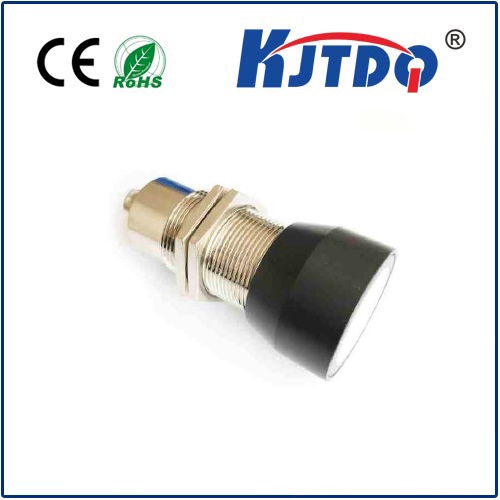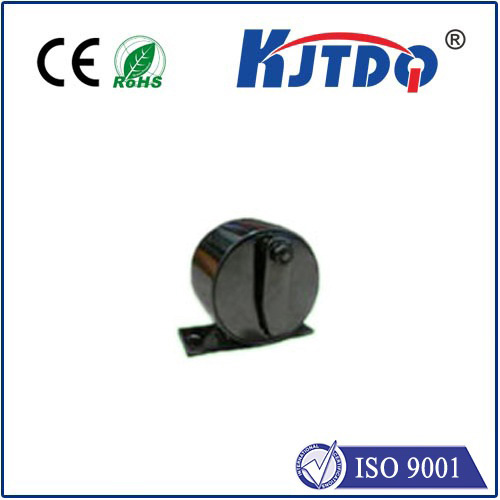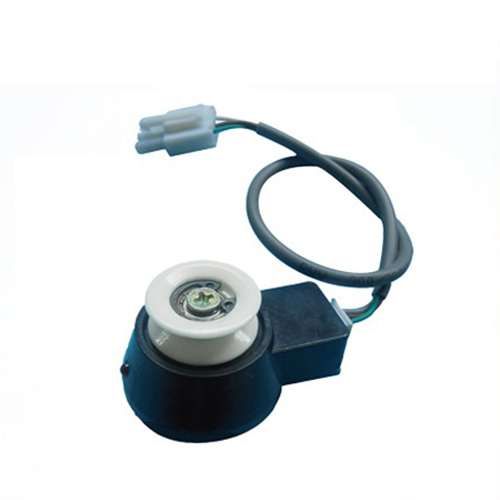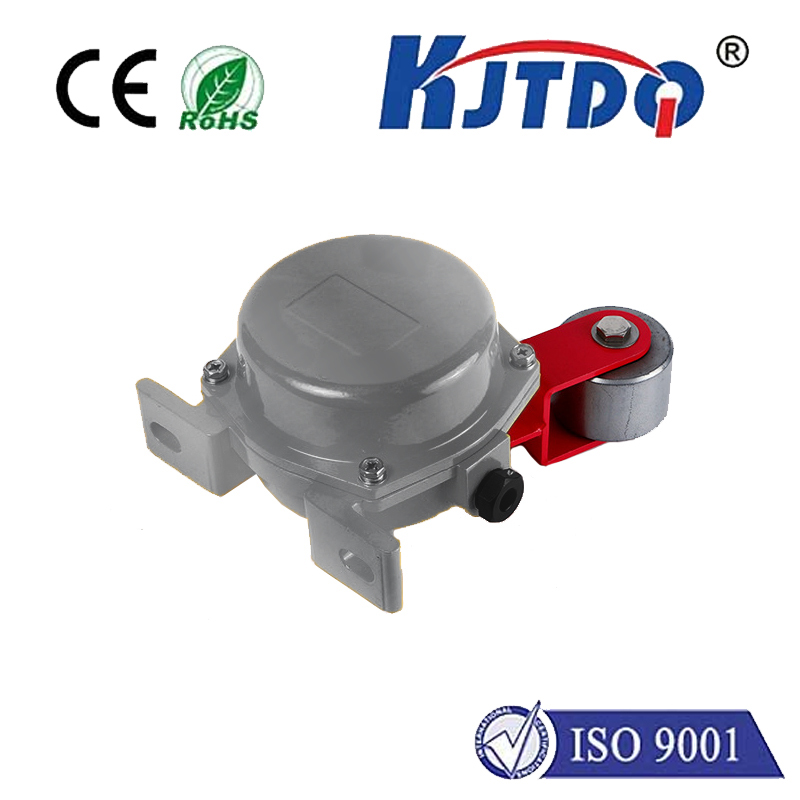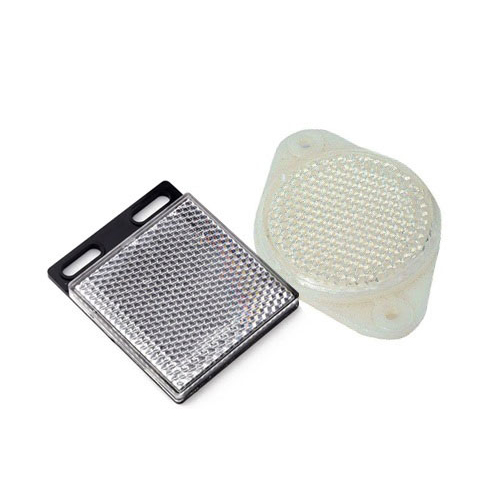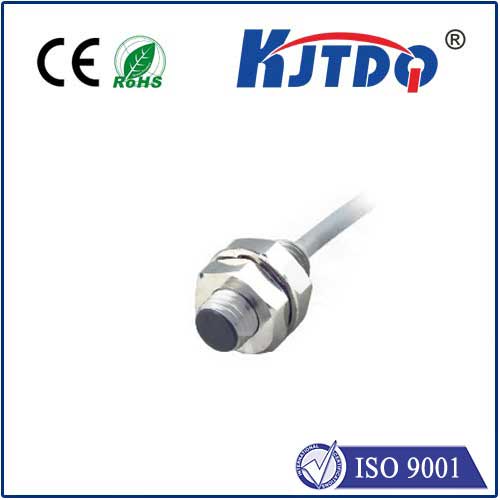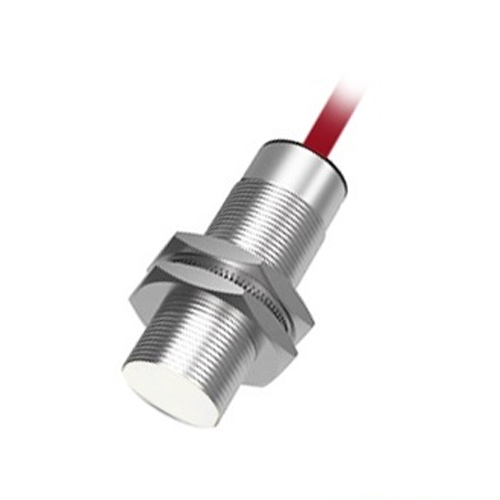

check

check

check

check

check

check

check

check

check

check
Title: The Importance of Limit Switch Roller Arm in Industrial Applications
In the realm of industrial machinery, every component plays a vital role in ensuring the smooth and efficient operation of complex systems. One such essential element is the limit switch roller arm, which serves as a crucial part of limit switches. These switches are fundamental to controlling machinery, preventing overtravel, and maintaining safety standards in various industrial setups. In this article, we will delve into the significance of limit switch roller arms and their impact on industrial applications.
Firstly, it's important to understand what a limit switch roller arm is. A limit switch is an electromechanical device used to detect the presence or absence of an object within its sensing range. It consists of a lever or roller arm that moves when engaged by an object, thereby triggering the switch mechanism. This simple but effective mechanism allows for precise positioning control, which is essential in automation processes where machines must operate with exacting accuracy.

The role of the limit switch roller arm cannot be overstated. As the interface between the moving part of a machine and the limit switch itself, the roller arm ensures that mechanical motion is translated into an electrical signal. When an object comes into contact with the roller arm, it actuates the switch, signaling the machine to stop, start, change direction, or perform any other programmed action. This function is critical in preventing machinery from operating beyond its intended limits—a situation that could lead to damage, downtime, or even hazardous conditions for workers.
In manufacturing environments, limit switch roller arms are ubiquitous. They are found in conveyor systems to control the flow of materials, in robotics to define operational boundaries, and in packaging machinery to ensure consistent product placement. Their reliability and durability make them indispensable components within these systems, contributing to overall efficiency and productivity gains.
Moreover, the importance of limit switch roller arms extends to safety measures. In scenarios where machinery might pose a risk to operators, these switches serve as safeguards. For example, elevator doors use limit switches to prevent closure if something—or someone—is obstructing them. Similarly, in presses and other heavy equipment, limit switches protect against accidental injuries by halting operations when certain thresholds are met.
Maintenance of limit switch roller arms is also paramount. Since these components are subject to constant operation and potentially harsh industrial environments, they require regular inspection and upkeep to maintain optimal performance. Lubrication, cleaning, and replacement of worn parts are all necessary steps in ensuring that these switches function dependably over time.
In conclusion, the limit switch roller arm is a small but significant component within industrial machinery. Its ability to translate mechanical movements into electrical signals is essential for process control, efficiency, and safety. Proper care and maintenance further enhance its value, making it a cornerstone of reliable and effective automated systems. By recognizing its importance and implementing best practices for its use and upkeep, industries can maximize productivity while minimizing risks, underscoring the indispensability of the limit switch roller arm in modern machinery operations.

